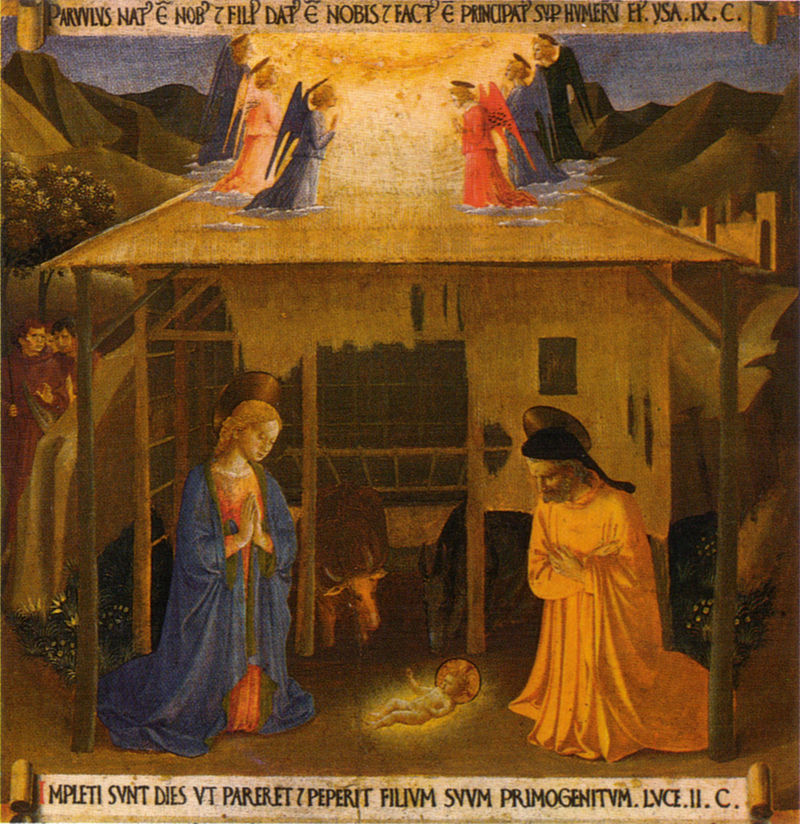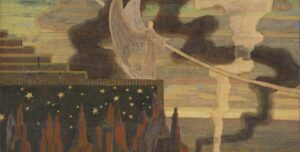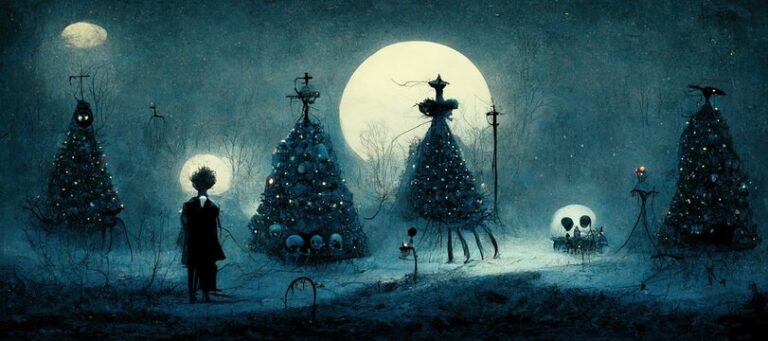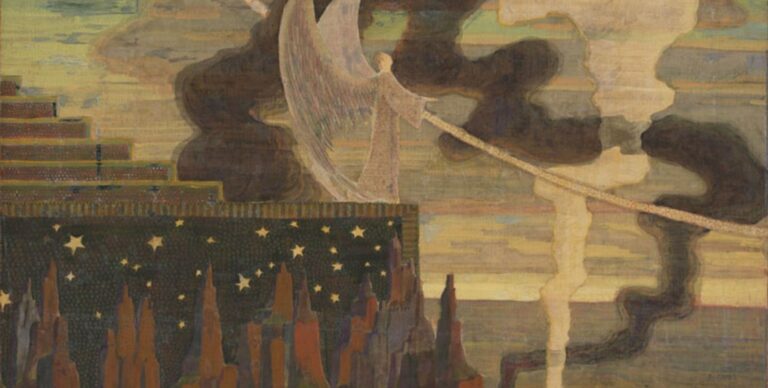Yesterday I published an overview of this temporary display at the Museo Diocesano here in Milan.
Today, as promised, I give you a piece-by-piece rundown.
Ezekiel’s Vision
The first quadrant is the most complex: it depicts two concentric wheels: an inner one alternates the four Evangelists with their effigies alternated to St Peter, Iudas, Jacobs and Paul; an outer one represents twelve prophets and Saints to symbolise the harmony between the New and the Old Testament.
The Annunciation
The scene is a fairly traditional one, symmetrical, with the archangel Gabriel kneeling on the left and the Virgin Mary on the right. The scene was very dear to the painter, who came back on it multiple times.
The background of this version is a Renaissance-style loggia and features two symbols that infuriate me: the hortus conclusus, the closed garden, and the sealed fountain, fons signatus, both associated with Mary’s virginity. And while I understand the thing with the closed garden, though I cannot help but find it rather vulgar, it’s the thing with the fountain that infuriates me, as it associates purity not with the lack of intercourse but with the abstinence from pleasure, a thing that has absolutely nothing to do with physical virginity. The stigma on feminine pleasure starts from there, and we’re still paying for it so yeah, fuck them all.
Nativity Scene
The shack occupies the entirety of the scene, with Joseph and Mary flanking it like the sides of a theatre scene, and the infant Christ laid on the bare ground. He’s the main source of light, while the other one is up top, with the adoring angels. Shepherds dressed as friars are peeking from the sides, stealing the thunder of a charming landscape with hints of a castle that we can only imagine being Herod’s.
Circumcision
This one is the first scene set indoors, and critics have identified the scene as the apse of San Marco in Florence, constructed by Michelozzo and well-known by the painter. The unnatural position of the baby Christ recalls the crucifixion, and the scene is painted with painstaking attention to detail.
Since a baby is circumcised ten days after birth, and there are twelve days between Christmas and the Epiphany, we can only assume Beato Angelico is telling us the Holy Family moved somewhere to perform the operation and then rushed back to their shack to greet the Three Wise Men (see following panel).
Since I think the practice of circumcision is a disgusting mutilation that holds zero medical reasons nowadays, I won’t show you this panel.
Adoration of the Three Wise Men
We’re back at the Nativity scene, as I was saying, and we have the Three Wise Kings coming to bring gifts. The tradition of depicting the kings as coming from different areas of the world, as you can read on British sources such as this one, has often been depicted as consistent throughout art history but, as we can see here, Beato Angelico depicts them all as white westerners kings. This is a recurring choice, as you can see on the fresco at San Marco in Florence.
Presentation at the Temple
The second indoor scene presents us with a Gothic temple much more similar to a church. The back window frames a symmetrical composition with the baby Jesus wrapped in a cloth that looks a lot like a burial shroud because it’s the season to be jolly, but Mary has her hands raised in another very human gesture, as if she’s struggling to let him go. The other figures are Saint Anne, the grandmother, and Saint Simeon, a character appearing in Luc’s Godspel: he was an elderly at the temple, a transitional prophet like Saint John the Baptist, and he gave praise when he was presented with the child. His prayer, known as the Nunc dimittis in the Latin version, it was thus translated in the Vulgata:
Now thou dost dismiss thy servant, O Lord, according to thy word in peace;
Because my eyes have seen thy salvation,
Which thou hast prepared before the face of all peoples:
A light to the revelation of the Gentiles, and the glory of thy people Israel.
Flight to Egypt
Though Christ is represented frontally and appears rather stiff in his red robe, the Virgin Mary’s sitting is natural, and the caring way she wraps her arms around the child radiates a human tenderness rarely seen in contemporary compositions. Joseph follows rather than leading, and this is also unusual for the time.
Massacre of the Innocents
Definitely my favourite scene of the composition, far from being lyrical or polished. Compare it, if you will, with Giotto’s representation of the same scene in the famed Scrovegni Chapel in Padua: there, the most dynamic part of the composition is one soldier grabbing a child by the leg and his mother clinging to him, raising her head to the sky in desperation, but that’s it. The other mothers are all crammed at the back, the pile of dead children lies unattended in between.
Beato Angelico shows us a scene with mothers who fight back, who don’t shun pushing back the soldiers, who put themselves in between their blades and their children. They’re not presented as meek, suffering bystanders, and one of them scratches the face of the soldier who’s piercing her child, drawing blood. The children are slaughtered in a very graphical way too, bring much more drama to the whole scene.












1 Comment
Pingback:Bellini’s Lamentation – Shelidon
Posted at 13:04h, 23 March[…] The Diocesano Museum in Milan is one of the most interesting realities on the territory, both for its permanent collection and for its habit of organizing temporary exhibitions around one single piece, usually borrowed from a prestigious museum in another city. The depth you require when your exhibition only revolves around one painting always makes it for a very interesting visit with detailed, in-depth explorations. I gave you one example last year with the special exhibition around Beato Angelico’s Childhood of Christ (post 1 here and post 2 here). […]